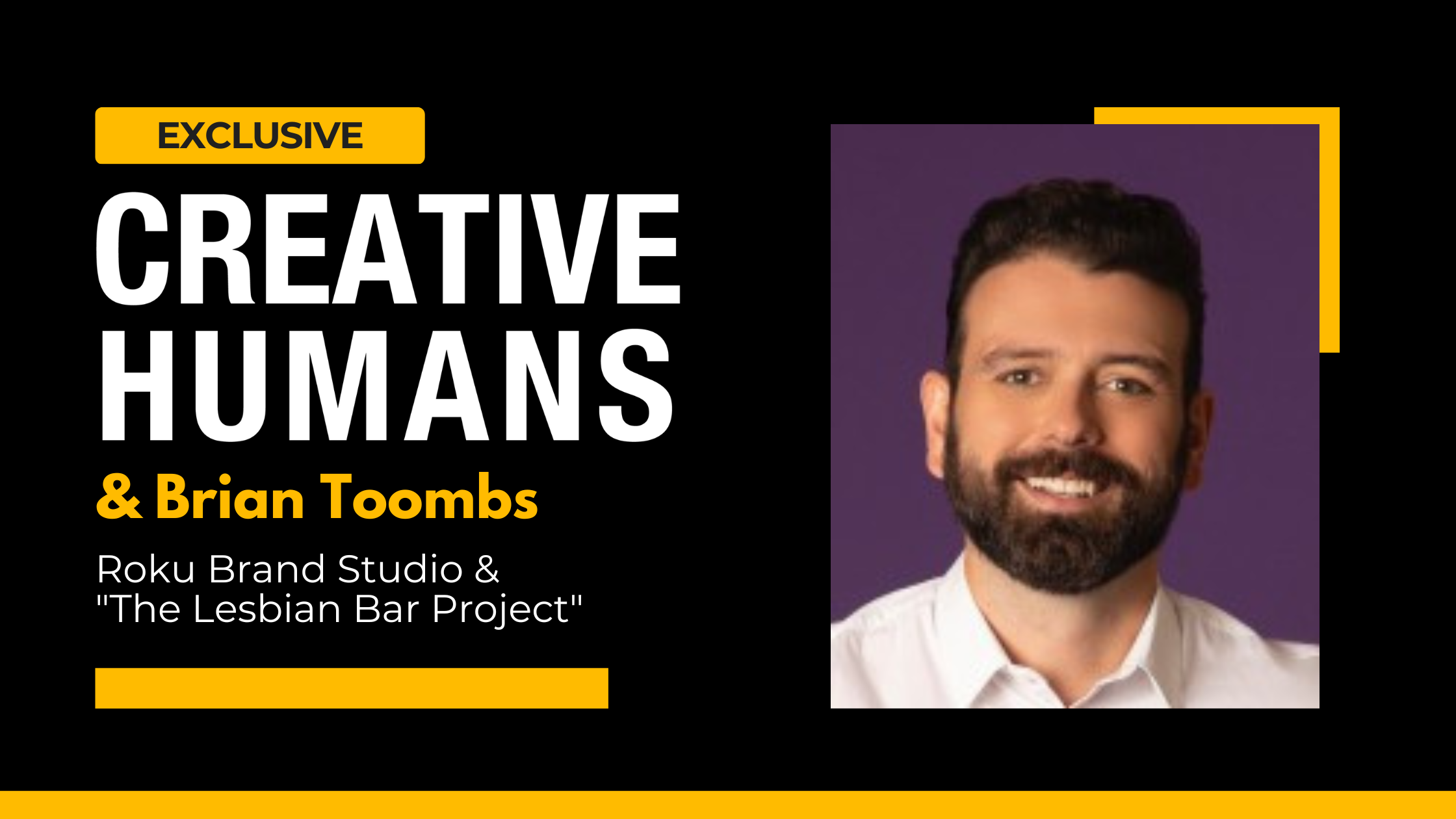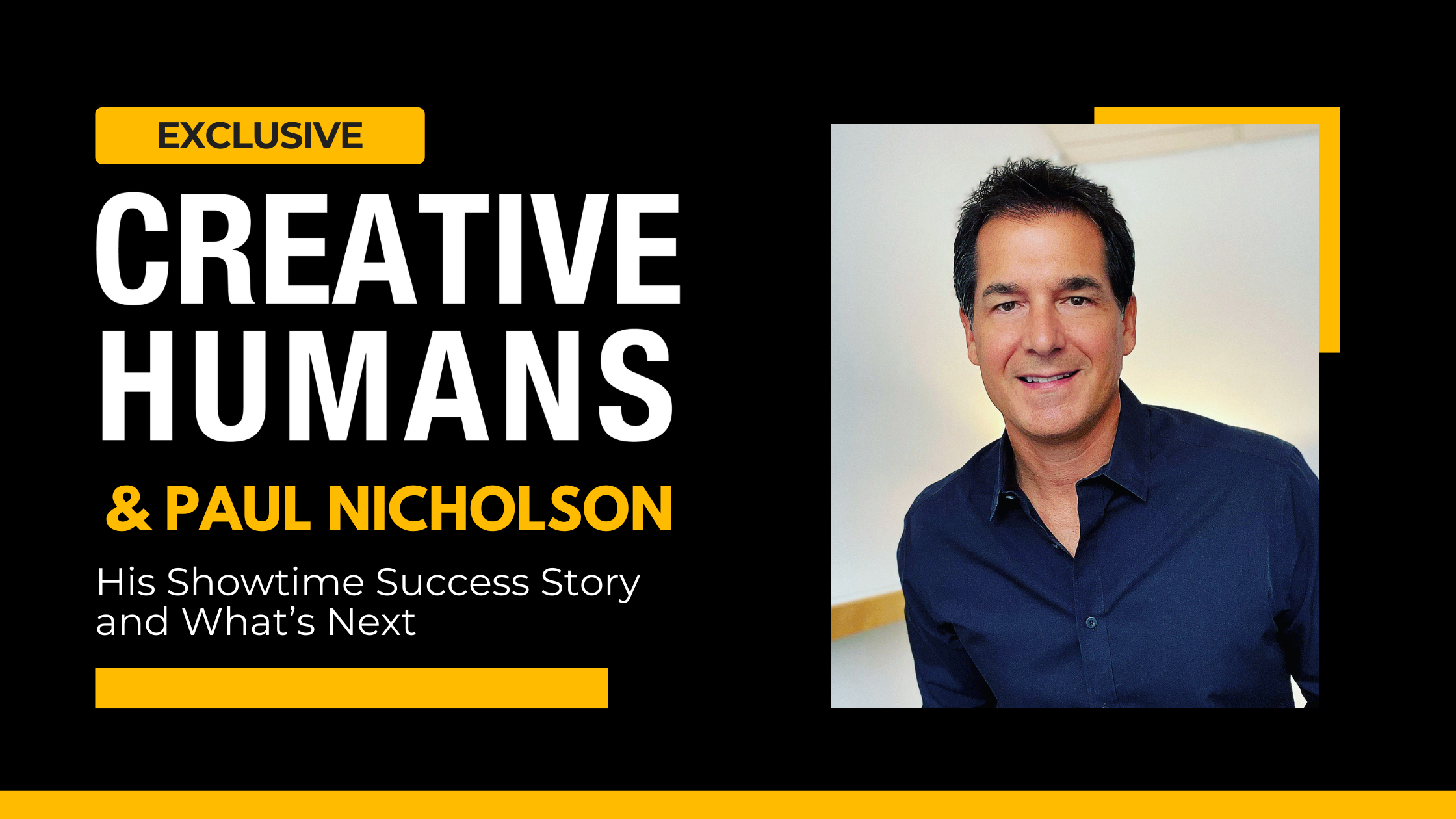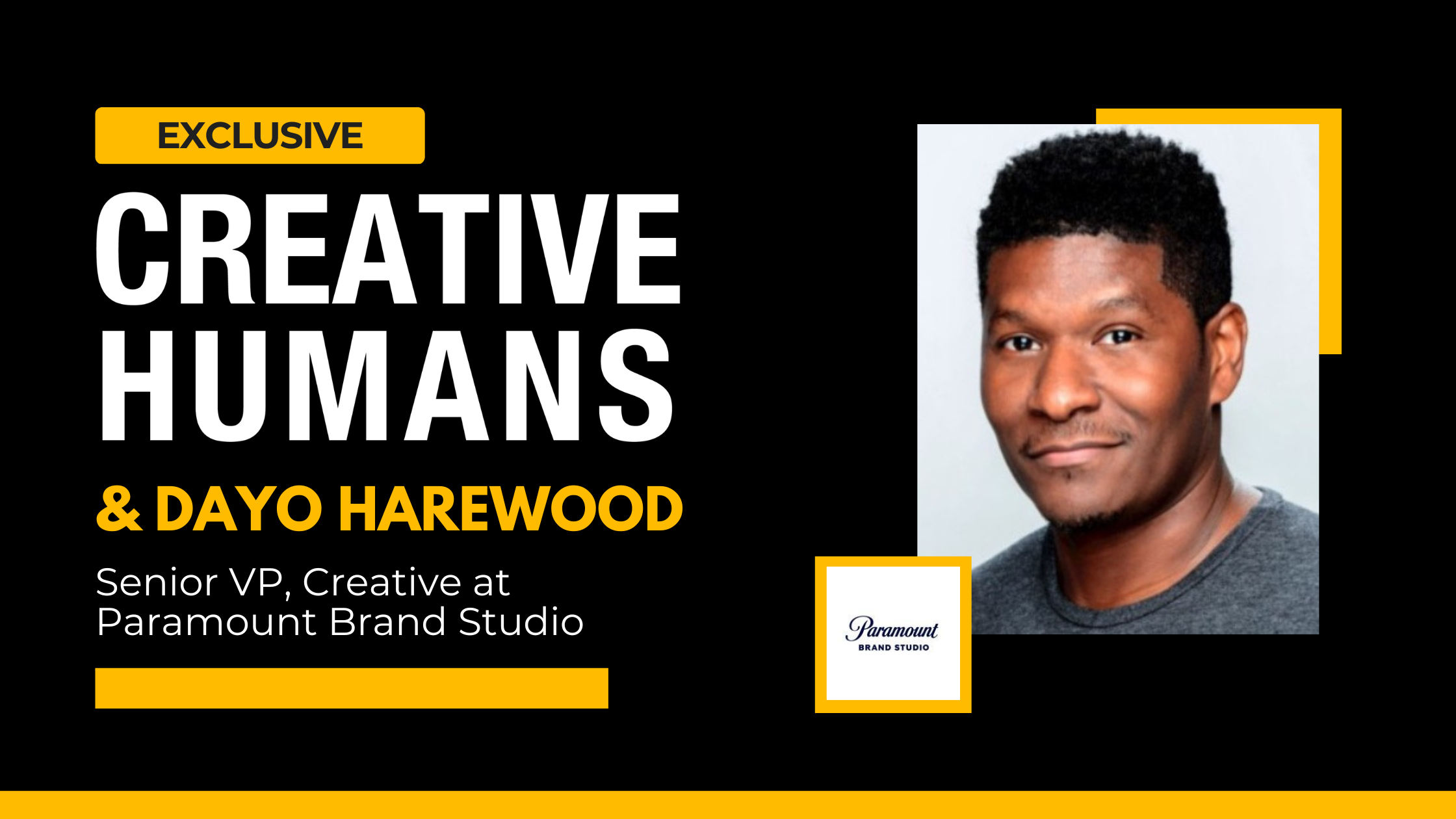December 13, 2022 / Creative Humans
Commercial advertising is one of the most effective methods to market your product or service. If you’ve never produced a commercial before, you may be concerned about the cost. The good news is that a successful commercial campaign does not need a high-priced celebrity pitchman or Hollywood blockbuster production values to make an impact on your target audience. In fact, a professional-looking 30 second commercial can potentially be produced for as low as $10,000.
That said, the total cost for a commercial can vary greatly. In this post, we’ll walk you through the factors that may impact the cost for your commercial project.
Creative Humans makes it easy to find the best commercial production companies for your project.
Commercial Cost Factors
The two primary factors that influence the total costs of a television commercial are production costs and airtime costs. Let’s take a closer look at each:
Costs of Production

As with most video shoots, pre-production planning is key to controlling overall costs of a commercial. The commercial production talent you hire will help you determine how to best present your product or service visually, how to convey the quality or significance of your brand, and how the commercial can stand out to your target audience. These factors will determine the budget for your shoot:
Production Complexity
Naturally, the more complex the concept for the commercial is, the more likely production costs will be higher. A commercial including animation or visual effects may look stunning, but it may not deliver an effective return on investment if the production’s price tag is too high or the post-production work takes too long to complete. On the other hand, a short bumper ad (typically 2-15 seconds) could be very affordable, though it may not be as effective depending on the complexity of your message.
Commercial Length
The most common lengths for commercial spots are 15 seconds, 30 seconds, and 60 seconds, to get the most value out of your commercial, it can be edited into different versions in those specific lengths. Typically, a commercial spot will be delivered with different cut down lengths that can be used in multiple places. An experienced commercial director will shoot your commercial in consideration of how to best convey your message in those standard lengths. To get the most bang for your buck, ask your production company if they can produce stills and GIFs for other marketing purposes too.
Post-Production
After the shoot, a skilled editor will be instrumental in determining how to make a 15 or 30 second version of your commercial present your message as effectively as a 60 second version. In addition to editing, motion graphics artists can be hired to add text and other animations or special effects. Other post-production tasks may include voice overs, music, a final audio mix, and color correction. Each task can add to the total cost of your commercial.
Costs of Airtime

Once your commercial is produced, it needs to be presented in some way to your target audience. One might think that with free video-sharing websites, paying to broadcast your commercial on television or to stream it on a popular website would be a thing of the past. However, tens of thousands of hours of content are uploaded to websites like YouTube every single hour, making it virtually impossible to stand out without promotion or purchasing ad spots. Because of that, the more significant costs associated with commercials is airtime.
Average Commercial Airtime Costs
So, how much does a 30 second commercial really cost? Here’s a quick look at the average costs for local and national TV spots:
- Local TV: $5-$10 per 1,000 views. Data from Skyworks Marketing.
- National TV: $115,000. Data from Statista.
- YouTube: $10-$30 per 1,000 views. Average cost of 100,000 views is $2,000. Data from YouTube.
- Hulu: $20-$40 per 1,000 views. Data from Hulu.
Let’s take a look at some factors that may influence your airtime costs:
Programming
Everyone is familiar with the record-breaking prices that companies pay for Super Bowl commercials. Cost of airtime for a 30 second spot in 2020’s Super Bowl LIV ranged from $5-5.6 million. But don’t get cold feet just yet. Those extreme prices are outliers. The bottom line is that programs with higher viewership demand higher prices for ad spots.
Time of Day
Fewer people are watching television at extremely early hours, so commercial spots at 2:00 AM are normally inexpensive. But before going the low-cost route, you should consider when your target audience is most likely watching television. For example, daytime television commercials are typically targeted at stay-at-home parents, retired people, or young children, while prime-time commercials are often targeted at the sought-after 18-49 demographic.
Broadcast, Cable, or Internet
Costs to advertise are far higher during national prime-time programming than during local broadcasts. In fact, those high-priced cable prime-time spots significantly skew the average cost of airtime for a 30 second commercial broadcast, which was $104.7 thousand in the United States in 2019. As mentioned above, the average costs for a 30-second ad spot on local TV, however, can be just $5-$10 per 1,000 impressions (CPM). Advertising on popular streaming services average around $10 CPM (YouTube) to $30 CPM (Hulu).
Location
A national ad campaign would not be the best way to spend your advertising budget if your product or service is not a nationwide brand. There are 210 media markets in the United States that are ranked by the percentage of the U.S. population they reach. Each market has local affiliates of major broadcast channels, and many also have additional stations that feature local programming. When advertising online, you can also usually select your reach--national, local, or geo-targeted. This gives you many options of where you can advertise based on the geographic location of your customers.
Supply & Demand
There are typically eight minutes of commercials during a half-hour television program. Depending on the length of commercial spots and how many in-house commercials the station is airing, availability for advertising during certain programs may be limited. That’s why commercial spots during popular programs are more coveted by advertisers and, as a result, is why those spots are more expensive.
Time of Year
Rates also vary by season, with television advertising costing more during the holiday season than during other times of the year.
Target Audience
Paying top-dollar to broadcast your commercial to the biggest audience isn't as effective as broadcasting to your target audience. It’s important to consider your target audience compared to the demographics of the programs that you would purchase commercial airtime for.
If you provide a localized product or service, you may be able to purchase commercial time on a local station for low rates and make a strong impact on your community. Alternately, if you’re attempting to target a younger demographic, you should consider advertising on a streaming platform like Roku or Hulu to reach tech-savvy cable cord-cutters.
Commercials on Social Media
If your brand has an established social media presence, you can also market your commercial to your target audience through those channels. This can provide additional low-cost reach for your ad, though you should explore options like paid advertising on Facebook or Twitter to amplify your commercial if you determine it would be a good way to reach your target audience. If you have yet to establish your brand on social media, a paid ad campaign could help to build your presence.
Hire Top Commercial Production Talent
Ready to produce a successful commercial? Browse the Creative Humans directory to discover top commercial production studios and freelancers! Creative Humans is full of highly vetted video professionals, from large production companies to freelancers. We look for talented people who have a ton of experience working with brands and agencies. Our goal is to help you make better video, by introducing you to the right filmmakers for your project. Get started for free today!
Search Now











